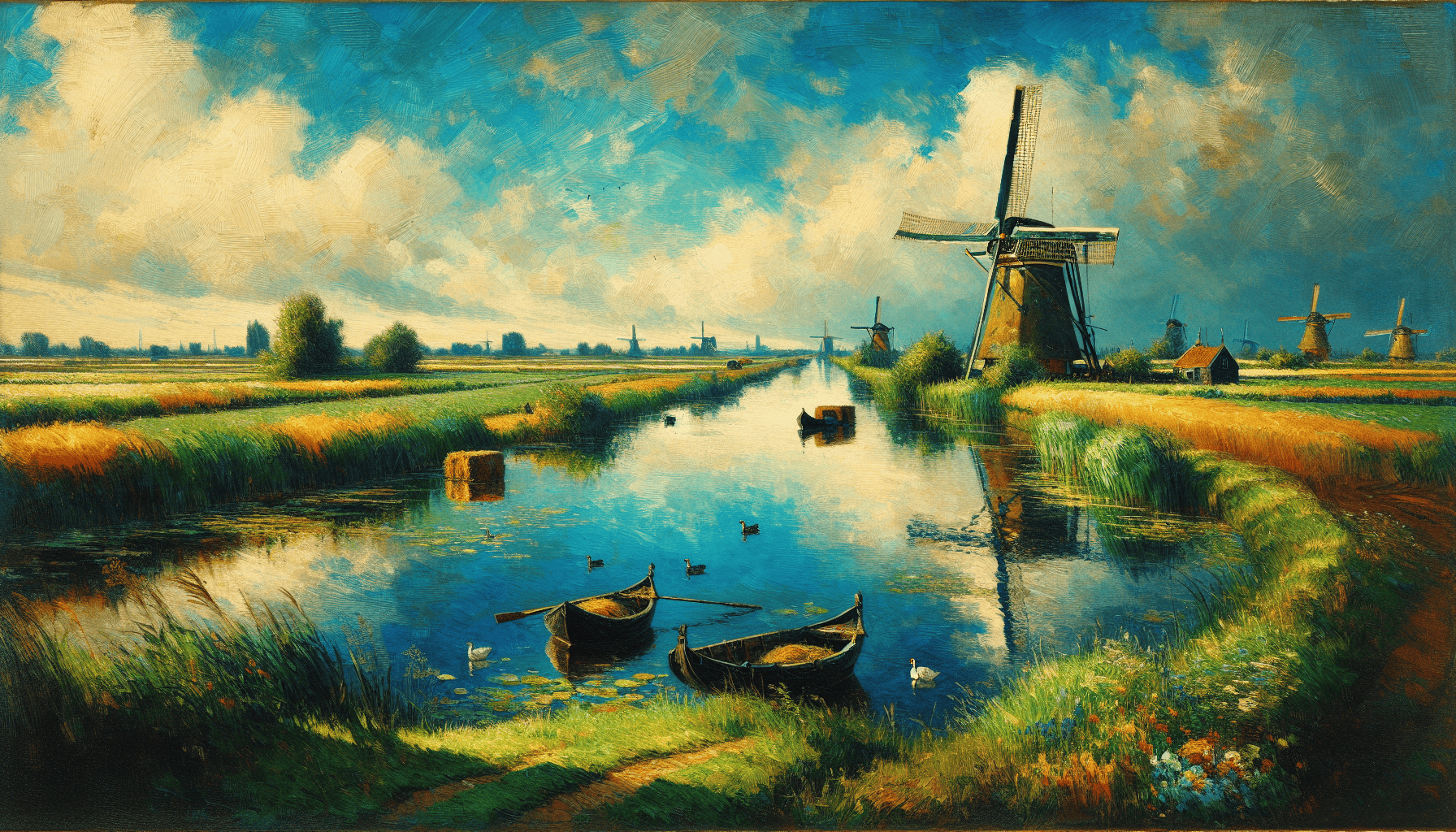Vincent van Gogh, a name synonymous with vivid colors and emotive brushstrokes, drew significant inspiration from the serene landscapes of the Dutch countryside. These landscapes, with their gentle charm and pastoral beauty, became the foundation upon which Van Gogh built his early artistic endeavors. By exploring the locations that influenced him, we gain insight into the formative environments that shaped his revolutionary artistic vision.
The Netherlands, with its sweeping fields, rustic windmills, and charming villages, provided Van Gogh with an abundant source of inspiration during his early years. Many of his initial paintings reflect the tranquility and simplicity of rural life. This environment was essential in developing his ability to observe and capture the essence of the natural world, an element that would resonate throughout his career.
One of the prominent features in Van Gogh's early works is the depiction of modest peasant life, often set against vast, sprawling agricultural fields. This was directly influenced by his time spent in the province of Brabant, where he was born and raised. The quiet countryside, with its changing seasons and subtle variations in light, offered Van Gogh an ever-evolving canvas. Paintings such as "The Potato Eaters" reflect his early focus on peasant life and the earthy tones of this rural landscape.
The windmills of the Dutch landscape also fascinated Van Gogh, symbolic not only of the country’s rich industrial history but also reflecting the harmony between nature and human ingenuity. Through his art, Van Gogh often captured these structures as silhouettes against the colorful skies, adding a dynamic element to his compositions.
While Van Gogh’s later works would move into Post-Impressionism, characterized by bolder colors and more dramatic elements, the Dutch landscapes instilled in him the skills of observation and a deep appreciation for the understated beauty of the everyday world. The time he spent wandering these peaceful expanses allowed him to experiment with perspective and light—a practice evident in his later masterpieces.
Moreover, the regions of Drenthe and Nuenen were particularly influential during his Dutch period. Drenthe, with its starkly beautiful wetlands and heathlands, offered Van Gogh a contrast to the lush fields of Brabant, introducing new textures and lighting challenges that he embraced. In Nuenen, he produced works that showcased his growing fascination with capturing mood and emotion through landscape, evident in pieces like "The Old Tower at Nuenen."
In summary, the Dutch landscapes provided a critical stage in Vincent van Gogh's development as an artist. This serene yet dynamic environment was instrumental in nurturing his fledgling talent, allowing him to experiment and hone his unique style. Today, when we gaze at Van Gogh's vibrant depictions of the world, we can trace the roots of his genius back to the tranquil beauty of the Netherlands—a place that continues to inspire and captivate artists and admirers alike.
